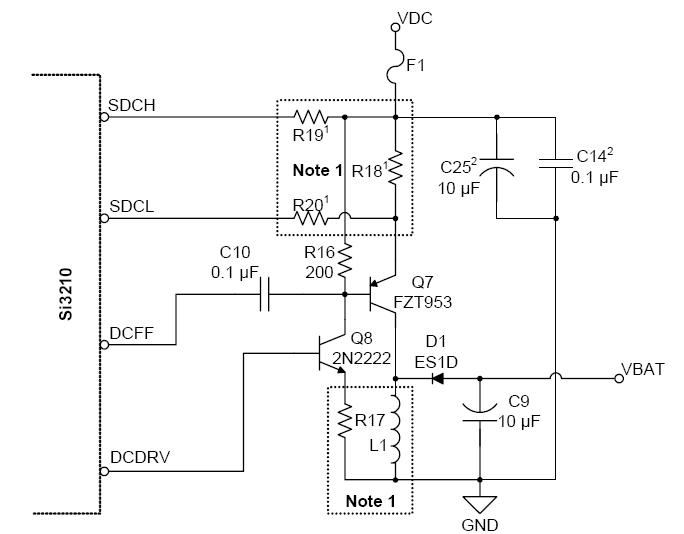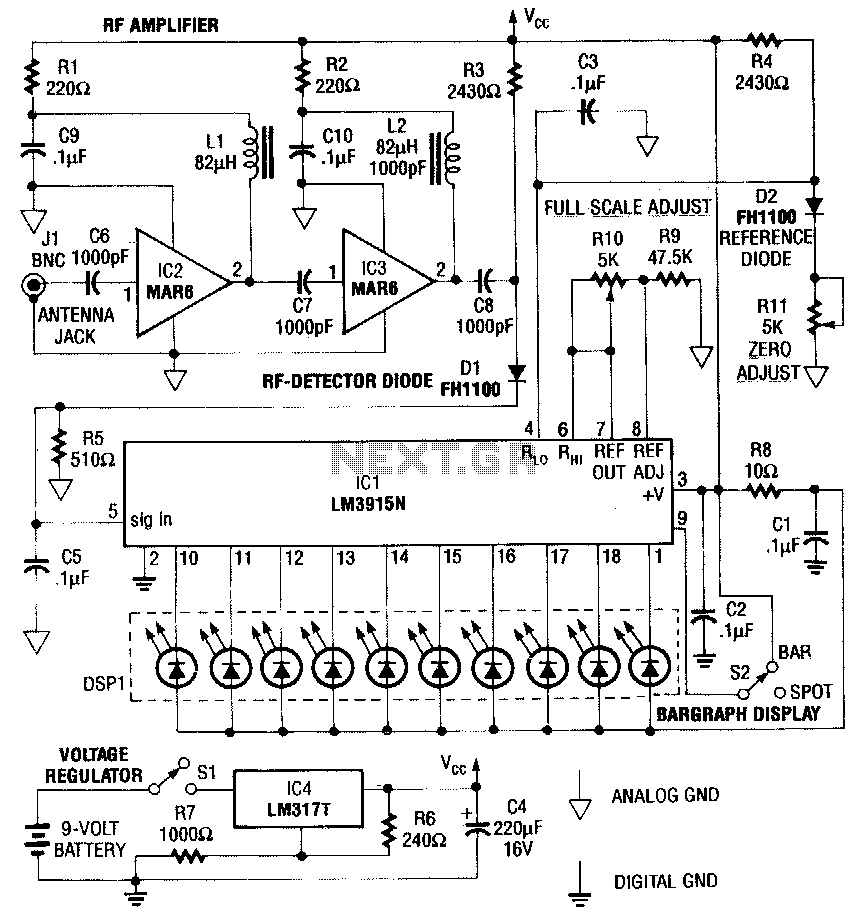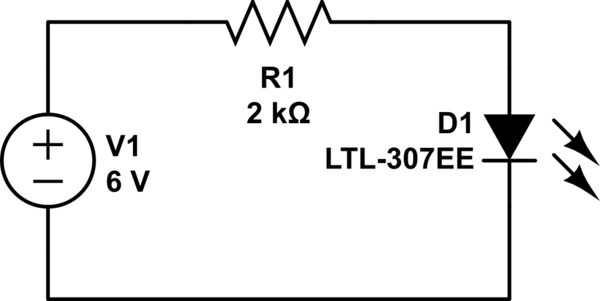
chasing an elusive bug around

Since the last update, significant efforts have been directed towards debugging the board. Multiple issues have been identified in the implementation of the DC-DC converter circuitry. However, sufficient evidence has been collected regarding the bug, indicating that it is neither related to the PIC nor the 3210 component.
The circuit in question involves a DC-DC converter, which is designed to convert a source voltage to a different output voltage level efficiently. The primary components typically include an inductor, a switch (often a transistor), a diode, and a capacitor. The operation of the DC-DC converter can be classified into different types, such as buck, boost, or buck-boost converters, depending on whether the output voltage is lower, higher, or the same as the input voltage.
In debugging the DC-DC converter circuit, it is essential to examine each component's functionality and interactions. The switching element must be functioning correctly to control the energy transfer through the inductor. If the switch is not turning on or off as expected, it can lead to insufficient voltage conversion or excessive ripple on the output.
The diode's role in the circuit is to allow current to flow in one direction while blocking it in the reverse direction, which is critical during the energy transfer phase. If the diode is faulty or incorrectly oriented, it can prevent the circuit from operating as intended.
Capacitance also plays a crucial role in smoothing out the output voltage. Insufficient capacitance may result in high ripple voltage, affecting the performance of the load powered by the converter.
In addition to component verification, the layout of the PCB should be inspected for potential issues such as ground loops, inadequate trace widths, or excessive lengths that could introduce inductance or resistance, leading to performance degradation.
The evidence gathered in this debugging process should lead to a clearer understanding of the issues at hand, allowing for targeted troubleshooting and eventual resolution of the problems in the DC-DC converter circuitry.Since my last post, I have been quite busy debugging my board. There seem to be more than one problems in the implementation of the DC-DC converter circuitry. However, this time I have gathered enough evidence on the bug; whatever it is, it looks that is not the fault of the PIC, nor is the 3210..
🔗 External reference
The circuit in question involves a DC-DC converter, which is designed to convert a source voltage to a different output voltage level efficiently. The primary components typically include an inductor, a switch (often a transistor), a diode, and a capacitor. The operation of the DC-DC converter can be classified into different types, such as buck, boost, or buck-boost converters, depending on whether the output voltage is lower, higher, or the same as the input voltage.
In debugging the DC-DC converter circuit, it is essential to examine each component's functionality and interactions. The switching element must be functioning correctly to control the energy transfer through the inductor. If the switch is not turning on or off as expected, it can lead to insufficient voltage conversion or excessive ripple on the output.
The diode's role in the circuit is to allow current to flow in one direction while blocking it in the reverse direction, which is critical during the energy transfer phase. If the diode is faulty or incorrectly oriented, it can prevent the circuit from operating as intended.
Capacitance also plays a crucial role in smoothing out the output voltage. Insufficient capacitance may result in high ripple voltage, affecting the performance of the load powered by the converter.
In addition to component verification, the layout of the PCB should be inspected for potential issues such as ground loops, inadequate trace widths, or excessive lengths that could introduce inductance or resistance, leading to performance degradation.
The evidence gathered in this debugging process should lead to a clearer understanding of the issues at hand, allowing for targeted troubleshooting and eventual resolution of the problems in the DC-DC converter circuitry.Since my last post, I have been quite busy debugging my board. There seem to be more than one problems in the implementation of the DC-DC converter circuitry. However, this time I have gathered enough evidence on the bug; whatever it is, it looks that is not the fault of the PIC, nor is the 3210..
🔗 External reference





